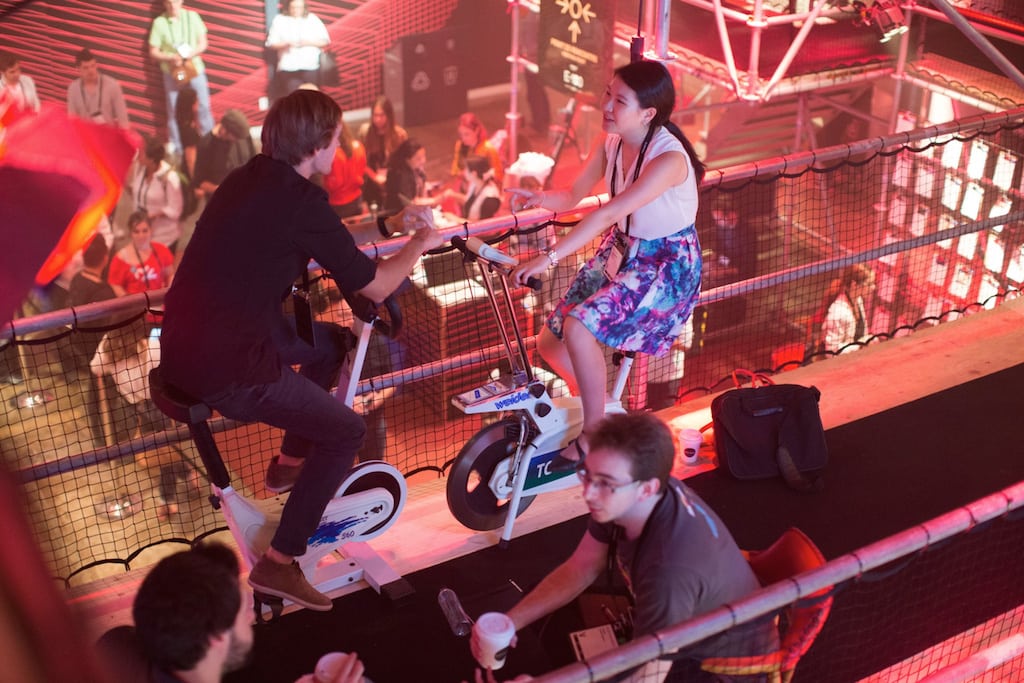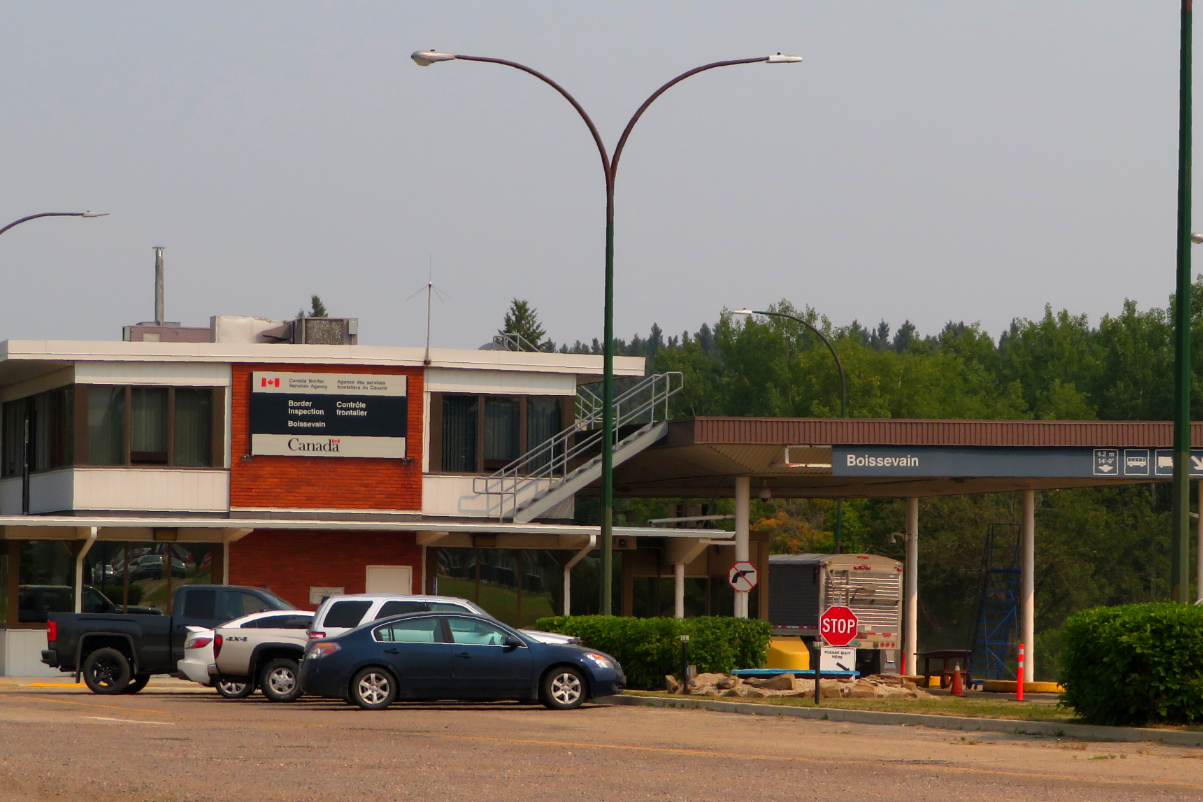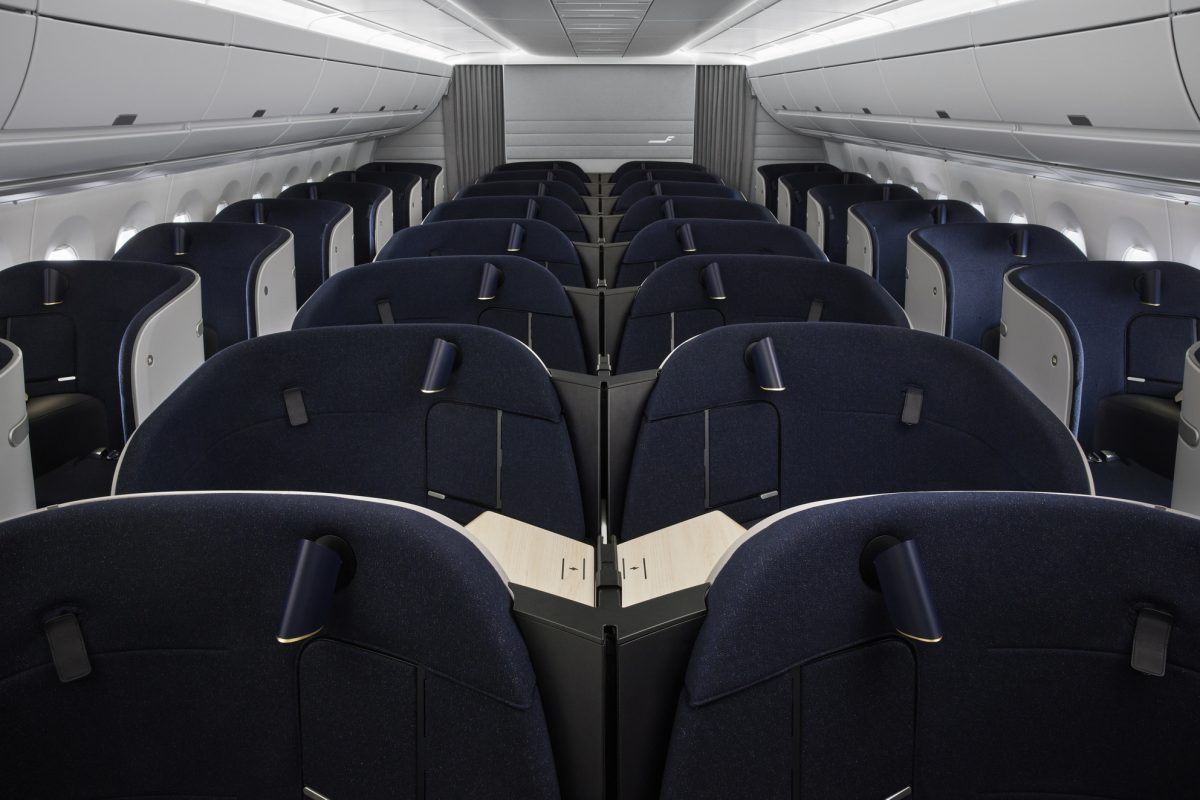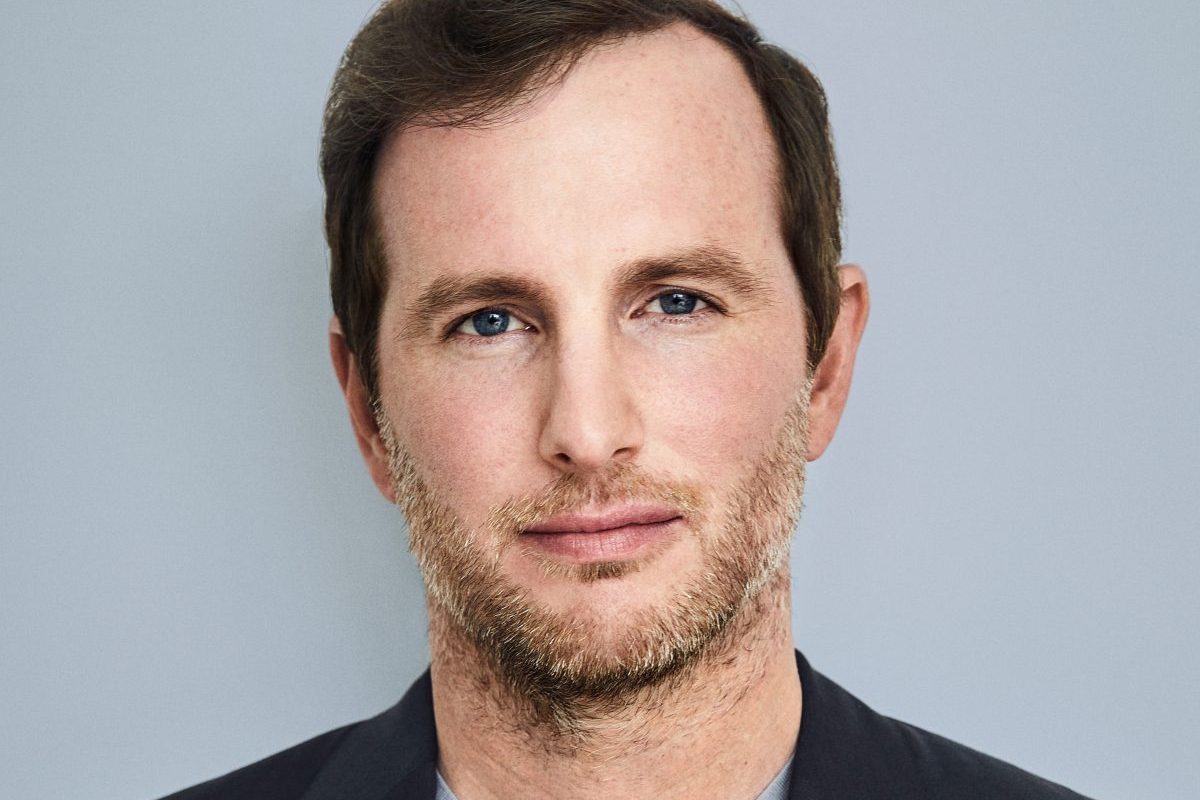Events Apps Take Cues from Tinder and Match.com to Engage Attendees

Skift Take
How can you meet the people you want to meet efficiently when you're attending a conference with 5,000 other people?
You can't, really, at least not with today's event technology.
For the last decade, a growing array of tech companies have been developing dedicated event apps to help connect like-minded people with aligned personal and/or professional interests.
Most apps today typically include a full list of attendees, and that's great if you already know who you want to message. More advanced apps let users tag their profiles with specific labels, ranging from personal things like "dog owner" to work-related skills like "UX designer," to help people with common interests connect.
Still, for most people, extensive attendee lists are often too unwieldy to navigate in a phone at a busy conference. In fact, the apps themselves are proving to be too jam-packed with digital tools altogether, including weather forecasts and hashtagged event photos, making some app developers pare back on the number of components inside.
There's also an increasingly vocal discussion in the events industry about the validity of event-specific apps in the first place. For many people who attend conferences regularly, there's growing fatigue around the idea of having to download a new app and remember new log-in info for every single event.
Therefore, event tech companies such as SummitSync and E-180 are developing next generation apps to help attendees meet people who want to meet them more effectively.
Part of the method they're using to accomplish that is the adoption of the swipe left/right or pass/choose functionality common with popular matchmaking apps like Tinder and Match.com.
Universal Event App
SummitSync's founders want to do away with individual event apps altogether. Launched in January 2016, the app is designed to be a single, universal, and highly customizable platform for professional networking that supports all conferences and events.
This is ambitious.
Having one app makes it easier for users to personalize their profile with much more detail, which in turn helps identify better matches based on more nuanced criteria. However, in order for this to scale over the long term, there needs to be a certain critical mass in terms of user adoption.
To date, SummitSync has partnered with 50 conferences that have supplied the company with their full attendee lists.
Al Torres, CCO and co-founder of SummitSync, told Skift that there are 280,000 conferences in the U.S. alone, and there are presently no other universal event apps on the market. So, the growth potential is enormous.
He also said he expects SummitSync to top 100,000 users by the end of September, following the app's roll-out at the DMexco digital marketing event in Cologne, Germany that month.
To get started with SummitSync, users sign in with their LinkedIn account and then click on the event they're attending. That brings up the profiles of other delegates that the app's algorithm believes are the best matches. Users can then swipe left if they're not interested in continuing a conversation with that person, or swipe right if they're interested in a live meeting.
If one of those other attendees also swipes right on the original user's profile, then a match is made. Both people are then pinged with an alert to schedule an appointment with each other.
"Trying to use an episodic, one-time event app is typically a really poor experience, because not a lot of people fill out the profile, and it's only used for a few days," said Al Torres, CCO and co-founder of Summit Sync. "We're creating a personal CRM for people who attend events, so they can create really rich experiences and gain more value from the events."
Torres explained that the company's goal is for the first 25 people who show up in the app all be people that the user wants to meet with.
"That's a very lofty goal but that's where we're trying to get to," he said. "So the focus is on networking, not the event."
SummitSync also pulls in the event's agenda, a map of the venue, and the speakers' bios. Specific events can be branded inside the app, and the event organizers can sell sponsor packages as well.
Tinder Of Knowledge Sharing
Montreal-based E-180 is an event tech company that brings people together for "Brain Dates" at conferences to help attendees curate their own professional education development.
The E-180 event app accomplishes that by matching attendees who input that they have certain knowledge to share with people who've stated they're seeking that specific knowledge.
That requires delegates to fill out fairly indepth information in the app, tagged with specific keywords, to facilitate those connections. Once a match is made, a message is automatically sent to both attendees to set up an on- or offsite meeting.
Past clients include Marriott and BMW. Another partner is C2 Montreal, which is a tech, media, and marketing conference, with a mission to show the benefits of bringing together creativity and commerce across all industries. One of the C2's founding partners is Cirque du Soleil.
"Events are the main point of contact for learners that are interested in gathering to expand their capacity and potential," said Christine Renaud, CEO and co-founder of E-180. "I tell people we're not a tech company, or a company designed to sell tech. We're a learning company. This is about individualized education."
Similar to SummitSync, the primary goal for E-180 is to tap into the collective knowledge of the community. The sum total of professional expertise that attendees can provide to each other is much larger than that of the speakers. But the majority of that is wasted because there is really no platform to date where attendees can showcase their skill sets for people looking to learn those skills.
At C2Montreal 2016 this past spring, over 65 percent of the delegates included in their E-180 app profiles the various knowledge they were willing to share. By the end of the show, over 40 percent of attendees booked more than 2,300 Brain Dates.
The challenge for E-180 to expand its user base and event client roster up until now has been integrating the Brain Date experience into events that already have a custom app. Therefore, Renaud and her team just unveiled a Brain Date "lite" component this summer that can be embedded inside any full event app.
This new hybrid platform will launch for the first time at Salesforce's annual Dreamforce conference in San Francisco in October.
"We don't want for people who already have an app to be a barrier to creating a meaningful conversation," said Renaud. "So, for example, an existing client has an app they love, but they also love the concept of Brain Dating because they know people don't learn anymore just by sitting in a dark room for three days. So now we have a solution for them."
The success of that solution still remans to be seen until after Dreamforce, because conference attendees are fickle and unpredictable when it comes to their event app user behavior. To help drive overall adoption, E-180 emails all attendees ahead of the conference with links to webinars and other content to explain the benefit of Brain Dates.
Renaud said that another challenge for her on the operations side is convincing conference planners to schedule empty time in the agenda so attendees can actually meet.
"We help them remove some of the static content on their schedule, which is very scary, because people feel when you remove content you remove value," she explained. "Instead, we're creating room and space so you can have an opportunity for a meaningful conversation."




